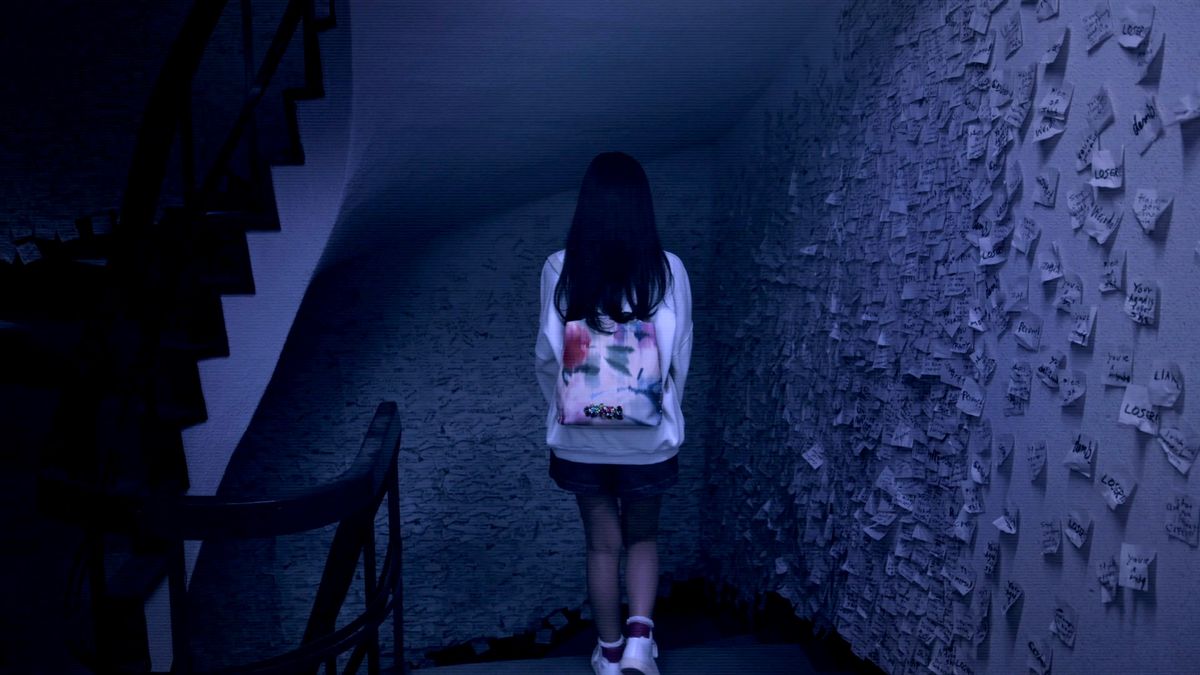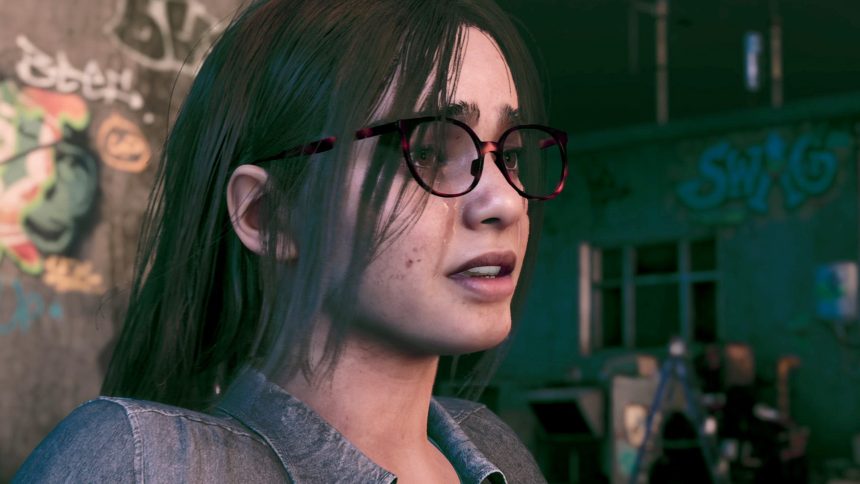Unveiled during the latest PlayStation State of Play, “Silent Hill: The Short Message” emerges as a new free-to-play horror experience stealthily dropped on the PSN store. Beyond offering its own chilling journey, this 12GB PS5-exclusive demo also serves as a tantalizing glimpse into the potential direction of the next mainline Silent Hill installment.
Developed by HexaDrive, the masterminds behind classics like Okami HD and Zone of the Enders HD Collection on PS3, “The Short Message” is crafted on Unreal Engine. Despite its brevity, clocking in at under two hours, the game delivers a wholly contained narrative across three chapters.
Players assume the role of Anita, venturing into an eerie apartment block in search of her departed friend, Maya. Encountering haunting text messages from Maya and armed only with a phone flashlight, players must navigate through decaying rooms, unravel mysteries, solve puzzles, and evade ominous pursuit.

Addressing the obvious parallel, “The Short Message” shares significant thematic elements with PT, the free teaser released in 2014 on PS4 for what was intended to be the next Silent Hill game, “Silent Hills,” helmed by Hideo Kojima and Guillermo del Toro.
Despite PT’s removal from the PlayStation store, its mystique has endured, fueled by its scarcity. Similarly, “The Short Message” employs the recurring motif of traversing the same area with escalating details and events, echoing the protagonist’s descent into madness from a first-person perspective.
Delving into weighty themes of mental health, including trauma, depression, and suicide, the game weaves these topics intricately into its visual tapestry.
From cluttered apartments plastered with post-it notes to ghostly apparitions haunting school corridors, the art direction immerses players in a world rife with unsettling detail.
Navigating through locust-infested bathrooms, eerie doll-filled trollies, and a distorted school campus while evading a mysterious figure shrouded in cherry blossoms, players are plunged into a nightmarish realm punctuated by jump scares and atmospheric tension.
The utilization of the phone’s flashlight mechanic enhances the immersive horror experience, casting shadows and bouncing light across each object in the environment.
Post-processing effects such as camera blur, film grain, and glitch effects intensify the sense of dread, while the deliberate choppy frame rate of the pursuing entity adds to the surreal atmosphere reminiscent of Sam Raimi’s “Evil Dead” films.
In terms of technical performance, “The Short Message” delivers a crisp native 4K resolution but suffers from fluctuating frame rates, ranging from 25fps to 60fps, impacting stability and occasionally resulting in judder and choppy camera movements.
Cut scenes featuring real-world footage exhibit uneven frame-pacing, albeit effectively contributing to the narrative, while in-engine scenes reveal limitations in character rendering and frame-rates, particularly in high-stress moments and interior areas.
Despite these technical hiccups, “The Short Message” presents a captivating glimpse into the future of the Silent Hill franchise.
Its combination of Unreal Engine prowess, first-person perspective, and evocative visual design hints at the potential direction of the series’ next installment, especially considering its director’s involvement in the upcoming mainline entry.
As with PT’s enigmatic debut a decade ago, the intrigue surrounding “The Short Message” only serves to heighten anticipation for the franchise’s next chapter.







